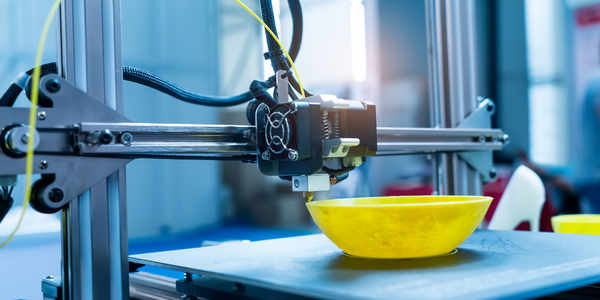Technology Category
- Networks & Connectivity - RF Transceivers
- Sensors - RF Meters
Applicable Functions
- Product Research & Development
Use Cases
- Virtual Prototyping & Product Testing
- Virtual Reality
Services
- System Integration
About The Customer
TibaRay, Inc. is a recently incorporated company that plans to design, build, and market the next generation of radiation therapy system for the treatment of cancer. The company founders are world-expert thought leaders in clinical radiation oncology, accelerator science, medical physics, imaging, and RF systems. At present, TibaRay is in the process of raising capital to develop a full prototype for their PHASER RT system. The company has a timeline of 3-5 years to market their product, assuming all goes well. TibaRay is a startup with some limited contracts for customized components.
The Challenge
TibaRay, Inc. is a startup aiming to design the next generation of radiation therapy (RT) systems for cancer treatment. The existing RT systems face significant challenges, including collateral damage to normal organs, the need for better accuracy/focusing, motion control, and cost and accessibility issues, particularly in the developing world. TibaRay's proposed product, PHASER, is designed to address these challenges. However, the design of PHASER would not be possible without detailed and accurate engineering simulations. One of the specific challenges in existing RT systems is patient motion, which limits treatment accuracy. Although motion management is implemented in existing RT systems to some extent, PHASER aims to deliver the treatment dose so fast that the effects of motion are essentially eliminated. To achieve this, the design of novel RF components is necessary, requiring electromagnetic and thermal simulations.
The Solution
TibaRay utilized ANSYS engineering solutions to design the next-generation electron accelerators for radiation therapy. The ANSYS simulation solutions were used to design RF linear electron accelerators, RF windows, RF phase shifters, and power dividers. These components are critical in the final implementation of the PHASER RT system, and they must handle extremely high-power levels. ANSYS solutions optimized the designs quickly and accurately. The technology used included ANSYS Electromagnetic Suite, ANSYS HFSS, ANSYS Mechanical, and ANSYS Fluent. The mechanical simulations were done by TibaRay collaborators. The ANSYS software has the capabilities to simulate these new designs, making it an essential tool in the development of the PHASER system.
Operational Impact
Quantitative Benefit

Case Study missing?
Start adding your own!
Register with your work email and create a new case study profile for your business.
Related Case Studies.

Case Study
Intralox Using Demo3D Case Study
Intralox strives to create significant economic value for our customers by optimizing their conveyance systems. Intralox wants to emulate real-world production environments for end users and OEMs working in multiple industries, including packaging, warehousing, parcel, beverage, brewery, food, tire, and consumer goods. They frequently had to perform physical tests to demonstrate to customers how ARB equipment would handle their products.

Case Study
General Dynamics Uses Wind River Simics to Meet NASA Challenge
In designing and building Fermi, the General Dynamics C4 Systems business unit was faced with a challenge: it needed to provide an environment that could support rigorous testing by multiple Fermi subsystem groups before the spacecraft hardware was available.

Case Study
Revolutionizing Medical Training in India: GSL Smart Lab and the LAP Mentor
The GSL SMART Lab, a collective effort of the GSL College of Medicine and the GSL College of Nursing and Health Science, was facing a challenge in providing superior training to healthcare professionals. As clinical medicine was becoming more focused on patient safety and quality of care, the need for medical simulation to bridge the educational gap between the classroom and the clinical environment was becoming increasingly apparent. Dr. Sandeep Ganni, the director of the GSL SMART Lab, envisioned a world-class surgical and medical training center where physicians and healthcare professionals could learn skills through simulation training. He was looking for different simulators for different specialties to provide both basic and advanced simulation training. For laparoscopic surgery, he was interested in a high fidelity simulator that could provide basic surgical and suturing skills training for international accreditation as well as specific hands-on training in complex laparoscopic procedures for practicing physicians in India.










